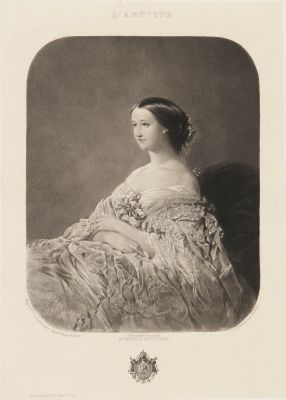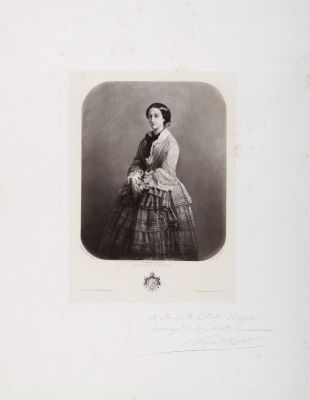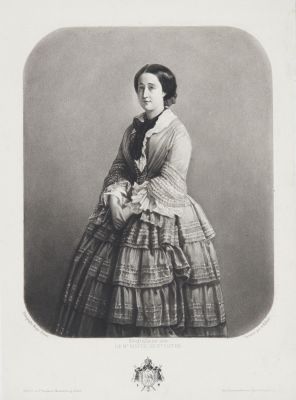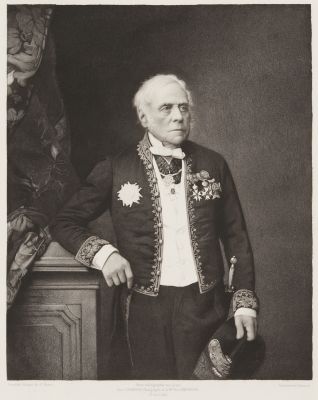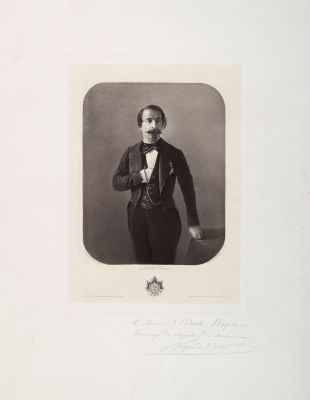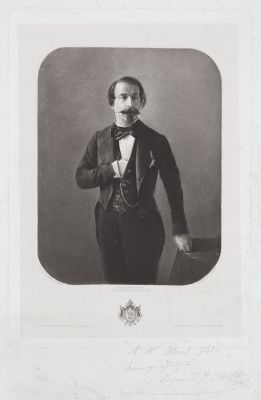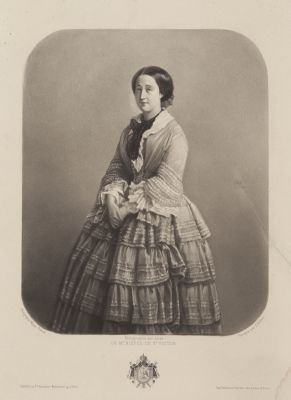
Title
Niepce de St. Victor test printArtist
Plumier, Victor (French)Date
1855 caProcess
Photogravure (heliograph)Atelier
Niépce de Saint-VictorImage Size
12 x 15.2 cm
The cousin of the pioneer of the medium, Joseph Nicéphore Niépce, Abel Niépce de Saint-Victor was originally famous in photography for having developed photographic negatives made of albumen on glass. Beginning in 1853, Niépce de Saint-Victor and the engraver Francois-Augustin Lemaître worked to improve aspects of Joseph Nicéphore Niépce’s heliographic engraving technique. The collaborative effort successfully yielded an improved technique that allowed photographs to be translated into a printing plate. Their two principal refinements were making the bitumen of Judea more sensitive, and adding an aquatint texture to hold the ink in large areas of tone. The process, however, produced images which were most times unable to render delicacy of detail without the aid of extensive hand work.
Niépce de Saint-Victor’s method did not last for very long, in particular because the process always required the intervention of an engraver. Its merit was that it was a pioneering method and opened the way to newer methods, particularly by Charles Nègre. In the last years of Niépce de Saint-Victor’s life, he wrote a series of articles on the action of light upon light-sensitive surfaces. In 1862, he joined the Societe Francaise de Photographie and donated a number of original negatives and prints to their collection.
This portrait, the fronts for Niepce’s book, Recherches photographiques (1855), was photographed by Victor Plumier and engraved in 1855 in Niepce’s method by Madame Pauline Riffaut and finished by the engraver Adolphe-Pierre Riffaut.
Reproduced / Exhibited
Armand-Calliat, Louis. Notes Sur La Famille Niépce. Chalon-sur-Saône ; Mâcon: impr. Buguet, 1966 pl. VI (silver)
Hanson, David A. Checklist of Photomechanical Processes and Printing, 1825-1910. , 2017. p. 119.
La Photographie II Collection Marie-Thérese et André Jammes Paris 21 March 2002 Lot 55
Collections: Paris, Muséum national d’Histoire naturelle (MNHN), bibliothèque centrale, école nationale supérieure des Beaux-Arts (ENSBA)

